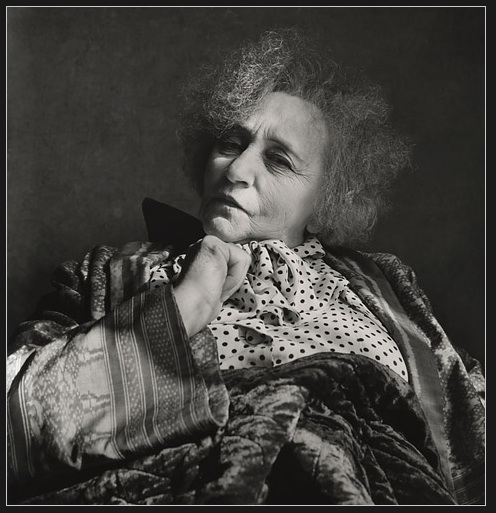Distance


The pose used in each of the three pieces here, with the subject leaning back from the viewer, creates a contemplative distance, a separation.
Colette is nearest of the three. Her distance is a conversational one as if across the tea table, but there’s a hierarchical implication. She isn’t eagerly engaging us. She’s waiting. Are you worthy?
Then Whitman. Here the distance is in time, which Levine creates by the open foreground. Colette’s arm and hand form a diagonal approach to her face; here a few nervous, sketchy lines perform the same function, but describe nothing beyond remove. The shadowy brim of his hat is like eternity, into which he is in the process of receding.

And then Camille. Here again the approach is diagonal, from lower right to upper left. As with Whitman, the distance is one of time.
The long foreground also carries a personal, domestic implication. Monet must have set up his easel at the foot of her bed, and spent some time there, painting his dead wife.